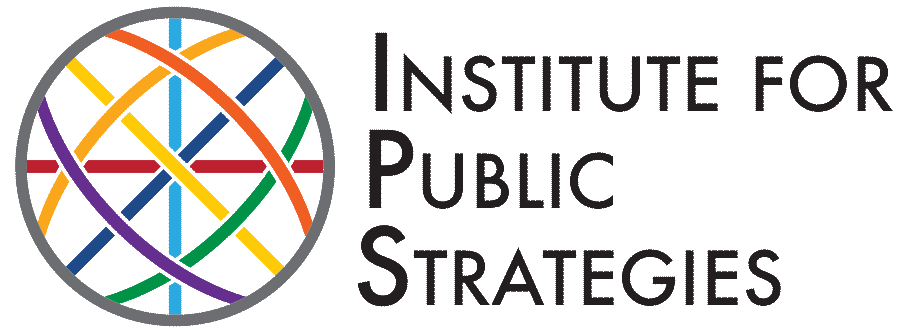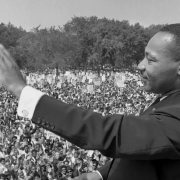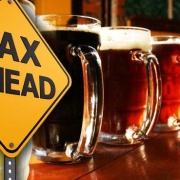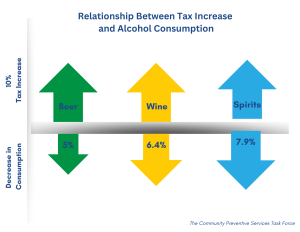From Conflict to Connection: Trauma-informed dialogue in a time of unrest
By IPS’s Venture Griswold
As seen in East County Magazine
If the world feels heavy to you lately, you are not alone. We are in a time of great political unrest, with attacks on marginalized groups, climate disasters, and misinformation spreading quickly. It is natural for these issues to spill into personal conversations with family, friends, or coworkers, but it can also be nerve-racking, since these topics can be so sensitive. So how can you navigate these complex topics without damaging relationships or causing harm? We suggest approaching these conversations from a trauma-informed perspective.
According to the World Health Organization, approximately 70% of adults in the United States will experience at least one traumatic event in their lifetime. Being “trauma-informed” means acting from an understanding that people may carry these invisible wounds and beginning from a place of empathy and care. This approach builds stronger relationships by reducing conflict and supporting overall mental health. Being trauma-informed does not mean avoiding difficult conversations, but addressing them in thoughtful ways that consider each person’s lived experiences.
So how can you ground yourself in trauma-informed principles when having difficult conversations? Remember the five principles of being trauma-informed: Safety, Choice, Trustworthiness, Collaboration, and Empowerment.
Safety: First, consider emotional safety for yourself and the other(s) in the conversation. Check your own emotions and intentions – is now an okay time to get into this conversation, or do you need to wait until you or the other person is less heated? For example, if someone just made a misinformed statement about trans people and it riled you up, do you need to take a few deep breaths before responding, or come back to the conversation at a later time?
Choice: When starting the conversation, be transparent about your intentions and allow the other person to choose whether or not to participate. Even if they have said something potentially hurtful, they may be coming from a place of fear or confusion, and honoring that means giving them a chance to decide if and how they want to engage in a dialogue. Beginning from a place of consent creates the pathway for a conversation that can be impactful and potentially change minds and hearts, rather than one that starts from a place of opposition and conflict. For example, say, “I noticed you shared some opinions about trans people earlier. That subject is really close to my heart, and if you’re open, I’d love to discuss it with you. Is now a good time to talk?”
Trustworthiness: Use clear, kind, and respectful language to create an atmosphere of trust and care. Avoid inflammatory generalizations (“people like you always…”), and use “I statements” instead of accusations. Don’t make assumptions about how the other person is feeling, which can be re-traumatizing, but do be open about your own feelings, while assuming good intentions on their part. For example, you could say, “I know you are a thoughtful and caring person, and you may not realize what you said earlier today hurt me. I would like to share my feelings about trans rights and listen to your thoughts to see where we might have some common ground.”
Collaboration: Once the other person consents to the conversation and feels respected, continue to value their perspective and input. Stay grounded in your “why” while giving space to hear their “why,” without condoning harmful views. Listening actively without being defensive goes a long way – rather than coming in with a lecture planned, be curious about how the other person came to their opinion. Not only does this make them feel heard, but it can also help you understand what values you might share. For example, “You’ve shared that fairness and truthfulness are very important to you, and they are to me, too. I believe that trans people are who they say they are, and that the fair and just thing to do is to respect their identities. Can I tell you more about how I came to that understanding?”
Empowerment: Whether you reach a consensus or not when the conversation ends, thank the other person for engaging in a dialogue with you. Sometimes, the conversation may be cut short if it brings up intense feelings that might be triggering – respect that. Reinforce your respect for them, and keep the door open to future conversations. For example, “Thanks for talking with me about this today – I know it’s not an easy conversation. I’m always around if you want to keep talking or have questions about the trans community that I can answer.”
Next time you hear misinformation or a harmful assumption about a marginalized community being shared, we encourage you not only to speak up, but to engage in the difficult but essential work of having a trauma-informed conversation. Having these conversations in a patient and effective way isn’t easy – consider it a practice, rather than striving for perfection. While we muddle through this difficult time together, centering care and compassion is a radical act that you have the power to use to impact lasting change.











